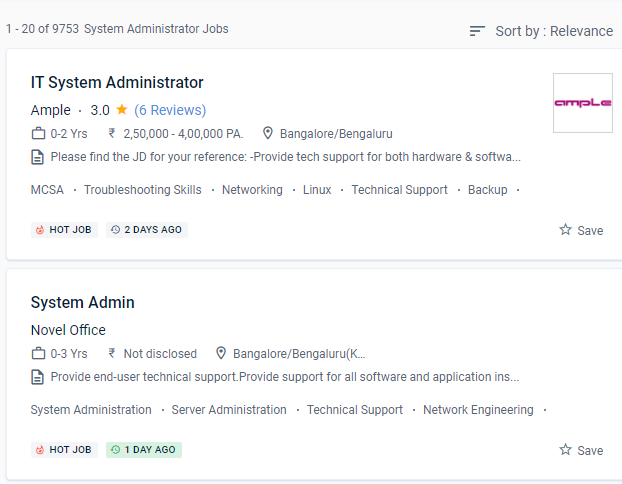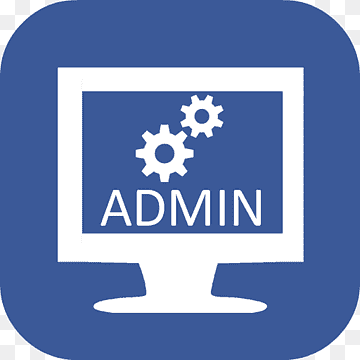System Administration Training by Experts
Our Training Process

System Administration - Syllabus, Fees & Duration
MODULE 1
- System administration introduction, policies, overview, UNIX history and basis
MODULE 2
- File systems and disks
MODULE 3
- Software installation concepts
MODULE 4
- Multi users basics, politics, policies and ethics
MODULE 5
- Automating administrative tasks
MODULE 6
- Networking
MODULE 7
- Backup and disaster recovery
MODULE 8
- DNS
MODULE 9
- SMTP, HTTP
MODULE 10
- Configuration management
MODULE 11
- Distributed computing
MODULE 12
- SNMP, monitoring
MODULE 13
- System security
This syllabus is not final and can be customized as per needs/updates





 They are in charge of producing IT policy recommendations for their organization.
They install computers, laptops, intranets, servers, cybersecurity software, and other technology. You'll also learn how to manage and configure servers, as well as how to manage PCs, user information, and user productivity using industry tools. Finally, you'll discover how to restore your company's IT infrastructure following a disaster. You now understand what system administration entails, as well as the functions that system administrators execute and the talents that system administrators possess. This course will teach you about the infrastructure services that keep all businesses, big and small, running smoothly. Some people excel at determining the company's technology needs as information systems managers. Computer scientists research to develop new IT approaches that are both effective and efficient.
When signals halt, system administrators alter cables to repair the transmission media. Systems administration is the division of information technology that is in charge of keeping multi-user computer schemes up and running.
They are in charge of producing IT policy recommendations for their organization.
They install computers, laptops, intranets, servers, cybersecurity software, and other technology. You'll also learn how to manage and configure servers, as well as how to manage PCs, user information, and user productivity using industry tools. Finally, you'll discover how to restore your company's IT infrastructure following a disaster. You now understand what system administration entails, as well as the functions that system administrators execute and the talents that system administrators possess. This course will teach you about the infrastructure services that keep all businesses, big and small, running smoothly. Some people excel at determining the company's technology needs as information systems managers. Computer scientists research to develop new IT approaches that are both effective and efficient.
When signals halt, system administrators alter cables to repair the transmission media. Systems administration is the division of information technology that is in charge of keeping multi-user computer schemes up and running.



















































































